The capacity to develop and polish our ad creatives is currently one of the most important tools in our toolbox.
Brands can cut through the noise by using the appropriate creatives in the right places. It also gives us the ability to identify target audiences by evaluating the best messaging and creative element combinations to effectively target audiences and get results.
But creating and testing artistic works alone is insufficient. In order to maximize the worth of each item, you must:
Report on the effectiveness of the more specific creative components.
Analyze what is effective to convey results.

Here’s how to create a PPC reporting plan that will amaze your clients and free up your creative team to do their finest work.
1. Identify crucial creative components and compare outcomes
Aside from determining whether a particular creative work is beneficial, stakeholders also want to know why it is or is not functioning.
It takes dissecting the creative piece’s various components and evaluating the effectiveness of each one in order to arrive at these conclusions.
You might want to measure the following creative components, for instance:
- Ad type: How do your static advertising compare to those in HTML, video, and other ad formats?
- Primary color: Does a particular background make your audience more receptive?
- Does your audience understand the advertisement’s main message?
- Product: Do you provide a range of goods in all of your artistic endeavors?
- Where is the design being displayed?
2. Examine results across all elements.
Cross-analysis of creative parts versus one another must be prioritized by businesses and marketers in order to advance advertising creatives.
For instance, top-of-funnel strategies may evaluate their performance based on impressions and viewership. The trick, though, arrives once you receive performance reports from your client, which reveals which ads and, ultimately, which creatives, best support their lower-funnel metric performance.
3. Develop a clear feedback process for the creative team.
With any reporting, the goal of building out creative reporting is to be meaningful and actionable. Whether the creative team is in-house for your client or you are working with a third-party agency, it is critical to convey your analysis to that team so they can focus on providing new content that aligns best with driving results.
4. Take into account the impact of creative exhaustion.
The capacity to recognize when creative weariness is beginning to set in is a critical factor to take into account when examining and sharing creative results.
Marketers will decide how to quantify this. However, in general, if something that was performing starts to decline noticeably, this may be a sign that it’s time to make changes and offer new messaging.
By keeping an eye on your creative output on a regular basis, you may rapidly identify a reduction in performance week over week that might otherwise go unnoticed and stop wasting money on dated creative.

